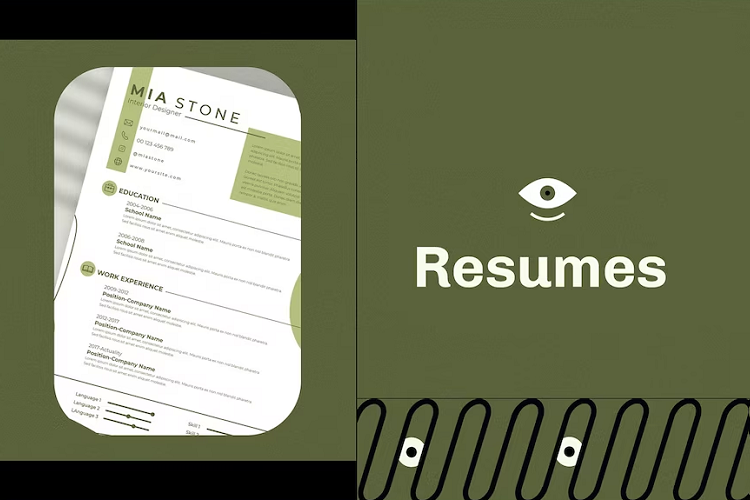Joint forms the most crucial anchor of the human body. It is the point where our bones meet. It means any pain or inflammation in this region will result in the immobility of the entire musculoskeletal system. This aggressive pain is symptomatic of weak, fractured, or inflamed tissues or bone structures, resulting in compromised bone strength and stamina.
This article will be a detailed guide on what joint pain is and what causes this severe pain to aggravate it. In addition, it will also explain what possible treatments could help you treat severe pain.
Joint pain can be a debilitating condition that affects people of all ages. It can have various causes and may manifest in different ways. Here’s an overview of the symptoms, causes, and treatment options.
What is Joint Pain?
Joint pain is the throbbing or severe painful sensation that initiates from the knee joint, hands, or hips. This painful sensation might be mild initially but could worsen if not treated or mishandled. Sometimes this pain, also known as arthralgia, could be so painful and radiate toward nearby regions that it completely halts the human capacity to function.
It is most common at later ages, as bones and joints usually fall short of collagen and calcium, which causes the significant buildup of joints and other skeletal structures.
Therefore, you must provide sufficient nutrients to strengthen the joints to eliminate pain.
Which People are Most Susceptible to Joint Pain?
The most susceptible people with joint pain include
- People who suffer from bad accidents with prolonged injuries, which will take a while to heal.
- Old people are also more prone to pain as their body has lost their youthful resilience.
- People who are overweight also suffers more frequently from pain as their heavy mass puts extra strain on their joint, specifically knee joints.
- Suffers more malnutrition.
- In addition, people who are stressed and depressed also feel more musculoskeletal pain as stress negatively affects our overall health.
Joint Pain Types
Following are all the possible joint pains:
- Osteoarthritis
- rheumatoid arthritis
- Tendinopathy
- Pain due to injury or sudden trauma
Joint Pain Symptoms
It can appear in several ways. Most of the time, the pain is inconsistent and mainly triggers extra strenuous activity or heavy weight lifting, which puts high pressure on the joints. The most common joint pain symptoms include:
- Swelling
- Joint redness
- Joint tenderness
- Stiffness
- Weakness
- Restricted mobility,
- Joint deformation,
- Prolong and persistent pain
What are The Causes of Joint Pain?
Joint pain is mainly associated with the pain of joints, tendons, or synovial bursae. While there are too many promising causes of pain, the following are some most common:
- Osteoarthritis
Arthritis, or osteoarthritis, is an inflammation of joints that results in persistent pain. This condition also represents the worn-out state of collages within the bones and joints. It is more common in adults ages since their cartilage lining gets ruptured or deficit. Osteoarthritis mainly causes your joints to turn stiff and painful.
- Gout
Gout is a severe form of arthritis caused triggered due to uric acid crystallization within the joints, turning them inflamed, red, and painful. You If you are suffering from gout, you might suddenly feel your foot on fire while sleeping.
- Bursitis
Bursitis characterizes the inflammation of synovial bursae within the joints. Bursae are tiny synovial-filled sacs that provide a soft cushion to our joints; inflamed joints are less supported and achy.
- Vital infections
Sometimes your joints feel painful due to viral infections resulting in limited or no joint movement.
- Injury
In some cases, sudden and severe injuries or accidents mostly rupture the tendons or even fracture our bones. It might result in persistent or long-lasting joint pain if not treated well.
- Tendinitis
Tendons represent the soft and flexible collagen bands surrounding muscles and joints. When the tendon gets inflamed, it appears your joints are hurting.
- Psoriatic arthritis
Though it is a skin diseases, psoriatic arthritis results in swelling, stiffness, and painful joints.
- Fibromyalgia
Fibromyalgia is a chronic inflammation]of the musculoskeletal system. Its symptoms are universal, including abdominal pain, cramps, fatigue,, and cognitive dysfunction.
- Rickets
Rickets is characterized by an acute deficiency of vitamin D and calcium, the two main building blocks of bone, ultimately resulting in weakened and painful bones and joints.
- Menopause
Menopause in women comes with different levels of challenges. Joint pain is one of them. Since women’s body is experiencing different hormonal changes at that instant and fall deficit of several nutrients, pain is likely to occur at this age.
What Deficiency Causes Joint Pain?
Particular nutrient scarcities contribute directly to joint health, not just pain. Nutrient deficiency, in turn, either exacerbates the joint condition or, in extreme cases, results in chronic joint inflammation.
Following are the nutrients which, if deficit, result in persistent and severe pain:
- Calcium
- Vitamin D
- Vitamin C
- Omega 3 fatty acids
- Phosphorus
- Potassium
- Magenssium
- Iron
- Manganese
How to Diagnose Joint Pain?
Since joints can be severe or persistent, people mostly mistake them for other skeletal issues. To best diagnose the joint pain is via X-ray checkup. X-ray gives a visual depiction of the present condition of the joint. Other than this doctor might ask for a blood test to screen autoimmune diseases that trigger joint pain and inflammation. Blood tests are also recommended to gauge the following levels in the blood:
- Uric acid levels
- C-reactive protein levels
- Levels of antinuclear antibodies
- Rheumatoid factor
An ultrasound or MRI scan might help diagnose other than all these tests.
Joint Pain Treatment
Just like diagnosis and causes, treatment for joint pain also represents varied options though every individual responds differently to each treatment. It means treatment is a subjective approach.
- Medications: Over-the-counter nonsteroidal anti-inflammatory drugs (NSAIDs) like ibuprofen can help reduce pain and inflammation. In severe cases, prescription medications or corticosteroid injections may be necessary.
- Physical therapy: Therapeutic exercises, stretches, and techniques can improve joint strength, flexibility, and function.
- Hot and cold therapy: Applying heat or cold to the affected joint can provide temporary pain relief and reduce swelling.
- Lifestyle modifications: Maintaining a healthy weight, engaging in low-impact exercises, and avoiding repetitive joint stress can alleviate symptoms.
- Assistive devices: Using braces, splints, or canes can provide support and relieve pressure on the affected joints.
- Alternative therapies: Some people find relief through acupuncture, massage, herbal supplements, or other complementary treatments, although scientific evidence for their effectiveness is limited.
The most common and most accessible treatment is the use of painkillers. Painkillers act on the stimulatory parts or prevent the release of inflammatory molecules to relieve the pain.
Other than medicines, doctors will also recommend rest and avoiding all those activities which will otherwise worsen the joint health. In case of severe pain, you can also use ice packs to get relief.
Joint Supplements for Joint Pain
One most potent treatment for getting rid of persistent joint pain is using joint supplements. Such joint supplements present a concentrated form of nutrients that will enhance joint strength and joint strength. The most common ingredients of joint supplements include:
- Turmeric,
- Vitamin D3
- Calcium,
- Curcumin,
- Chondrotin
- S-adenosylmethionine,
- Omega 3 fatty acids
Is It Okay To Take Joint Supplements?
Yes, joint supplements are made with scientifically formulated ingredients which, before coming to market, are clinically tested and third-party tested to be assured safety.
However, it is best to ask your pediatrician if you are considering feeding your kid with the joint supplement. Plus, if you are pregnant or breastfeeding, it is again a safer option to get a recommendation from a healthcare professional.
Joint Replacement For Joint Pain
This is the most extreme treatment for joint and is often recommended in case of persistent and severe joint pain. This process involves the removal of worn-out or damaged joints or tendons with new replacements made up of metal, plastic, or ceramic material.
Joint replacement improves joint damage, relieves pain, and strengthens overall performance. However, this is not the to-go option for pain. It s often recommended after thorough medication sessions or supplement intake.
This replacement surgery is carefully administered under expert supervision to avoid fault since one wrong move could result in drastic effects.












